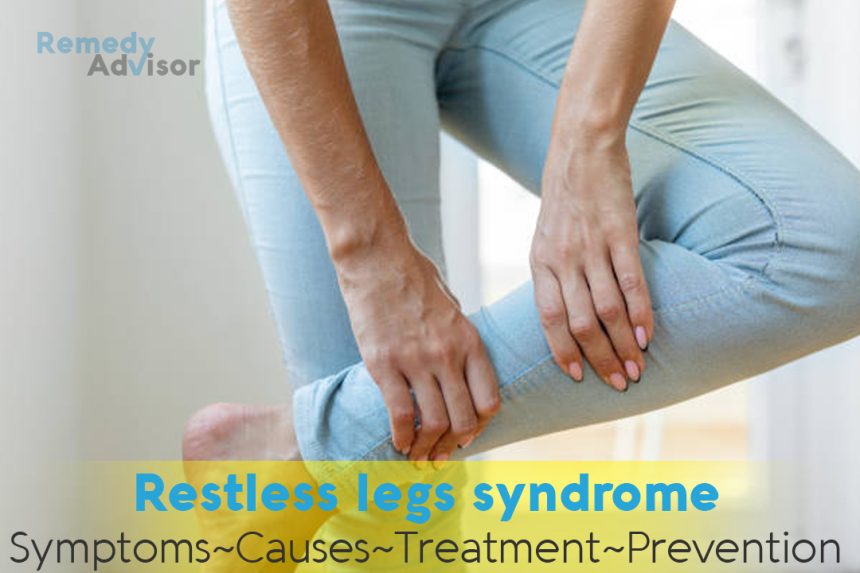What is it
Restless legs syndrome (RLS), a physical malady that affects as many as 12 million Americans, is an unusual sensation in the leg muscles that creates an irresistible urge to move the legs for relief The feeling has been described as a fidgeting, pulling, or itching sensation or, more graphically, as worms crawling in the muscles. Symptoms may last for an hour or more, generally starting at night or during rest. Typically symptoms start within 5 to 30 minutes after lying down, just prior to the onset of sleep.
People of all ages can experience RLS, although the problem occurs most often in older people, especially women. RLS often runs in families, and it worsens in times of stress. Since RLS can wake people from a sound sleep or prevent them from getting to sleep in the first place, it often results in insomnia.
Symptoms
- Irresistible urge to move the legs or other affected body parts.
- Unpleasant crawling sensation inside the calf muscles while lying down. Similar sensations may also be felt in the thighs, feet, and arms.
- Involuntary jerking movements of the legs during sleep.
What causes it
The exact cause of restless legs syndrome is unknown. Some research suggests that the symptoms are related to lower-than-normal levels of the neurotransmitter dopamine in the brain. Pregnancy is linked with higher incidences of RLS (it generally clears up after delivery), as is iron-deficiency anemia, rheumatoid arthritis diabetes mellitus, lung disease, and kidney disease. Emotional stress, and the regular use of tobacco or caffeine, may trigger or aggravate symptoms.
What if you do nothing
RLS is extremely unpleasant and if left untreated can bring on an exhausting chronic insomnia. Simple changes in lifestyle may be enough to bring some relief from a condition that can last for years.
Home remedies
Exercise your legs before bedtime
Walk around for 10 to 15 minutes prior to going to bed. This will stretch the leg muscles and can help promote restful sleep. Massaging your leg muscles before bedtime may also help relieve symptoms.
Start walking
If RLS strikes while you’re in bed, get up and walk around.
Wear long, heavy socks
Keeping your feet and legs warm in bed may help relax your muscles.
Try the cold approach
Some people may find relief by first soaking their feet in cold water. A cold compress applied to the shins and calf muscles, or leaving the legs uncovered in bed, may also help.
Reduce emotional stress
Stress management techniques or psychological counseling may help relieve anxiety that triggers restless legs.
Prevention
Nicotine and large amounts of caffeine may trigger RLS in some people. Consequently, avoid products containing caffeine, and if you smoke, stop.







